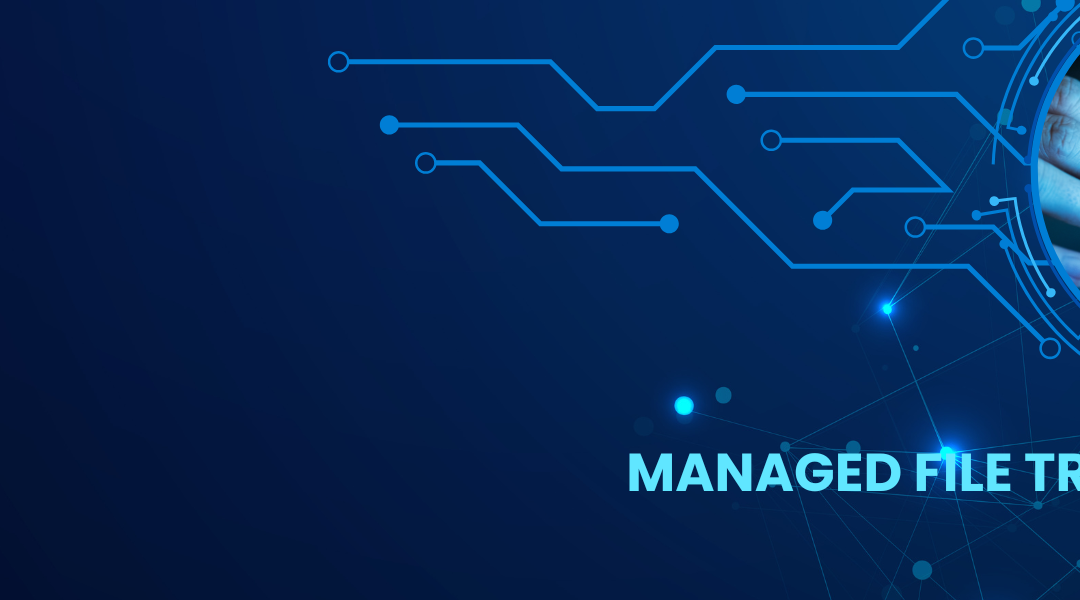PGP, or Pretty Good Privacy, may sound modest, but its significance in the realm of data security is anything but. It serves as a powerful tool for encrypting data on workstations and servers, with its most widespread application being the safeguarding of email attachments. In this blog, we’ll delve into the importance of PGP encryption, shedding light on its uses beyond email attachments and exploring why integrating it into your data protection strategy is essential.
Understanding PGP Encryption:
PGP is an encryption tool employing symmetrical and asymmetrical key encryptions. This multi-layered approach ensures that even if unauthorized individuals gain access to files, the data remains inaccessible. While PGP is commonly associated with securing email attachments, its versatility extends to protecting data stored on servers.
Why Use PGP Encryption?
Ensuring Privacy Compliance:
- System administrators often require unrestricted access to manage users and perform server maintenance.
- However, if sensitive files containing HIPAA-restricted medical information or credit card data are stored on the server, incidental access can lead to noncompliance with regulations or even legal repercussions.
- Encrypting files adds an extra layer of security, mitigating the risk of unintentional exposure..
Protection Against External Data Breaches:
- In the event of a cyber intrusion, PGP encryption serves as a last line of defense.
- If a hacker gains access to the server, encrypted files appear as undecipherable, providing an additional barrier against data exposure.
- Combining PGP with other security measures, such as user expulsion and IP address banning, fortifies your defenses comprehensively.
Defense Against Employee Data Theft:
- Instances of authorized personnel misusing their access privileges are not uncommon.
PGP encryption, particularly when automated, shields internal data from employees with ill intentions. - Embedding encryption keys and automating the encryption and decryption process adds an extra layer of protection against internal threats.
Implementing PGP Encryption in Data Management:
Adopting a proactive approach to security by encrypting stored data is a prudent move. Many Managed File Transfer (MFT) systems offer PGP encryption for data at rest. When selecting an MFT solution, prioritize those that encrypt data on-the-fly, preventing unencrypted data from being written to the disk. If your chosen solution employs a multi-step approach to encrypting stored data, ensure it includes a function to thoroughly scrub the unencrypted file instead of merely marking it as deleted.
PGP encryption is not just a precaution; it’s a fundamental component of a robust data protection strategy. Beyond securing email attachments, PGP plays a pivotal role in safeguarding sensitive information stored on servers. By understanding and implementing PGP encryption, organizations can significantly enhance their resilience against myriad security threats, ensuring data remains confidential and protected from unauthorized access. As data security continues to evolve, PGP encryption stands as a timeless and reliable ally in the ongoing battle to safeguard valuable information.
Streaming PGP disk encryption is offered in the Titan MFT Managed File Transfer solution.






